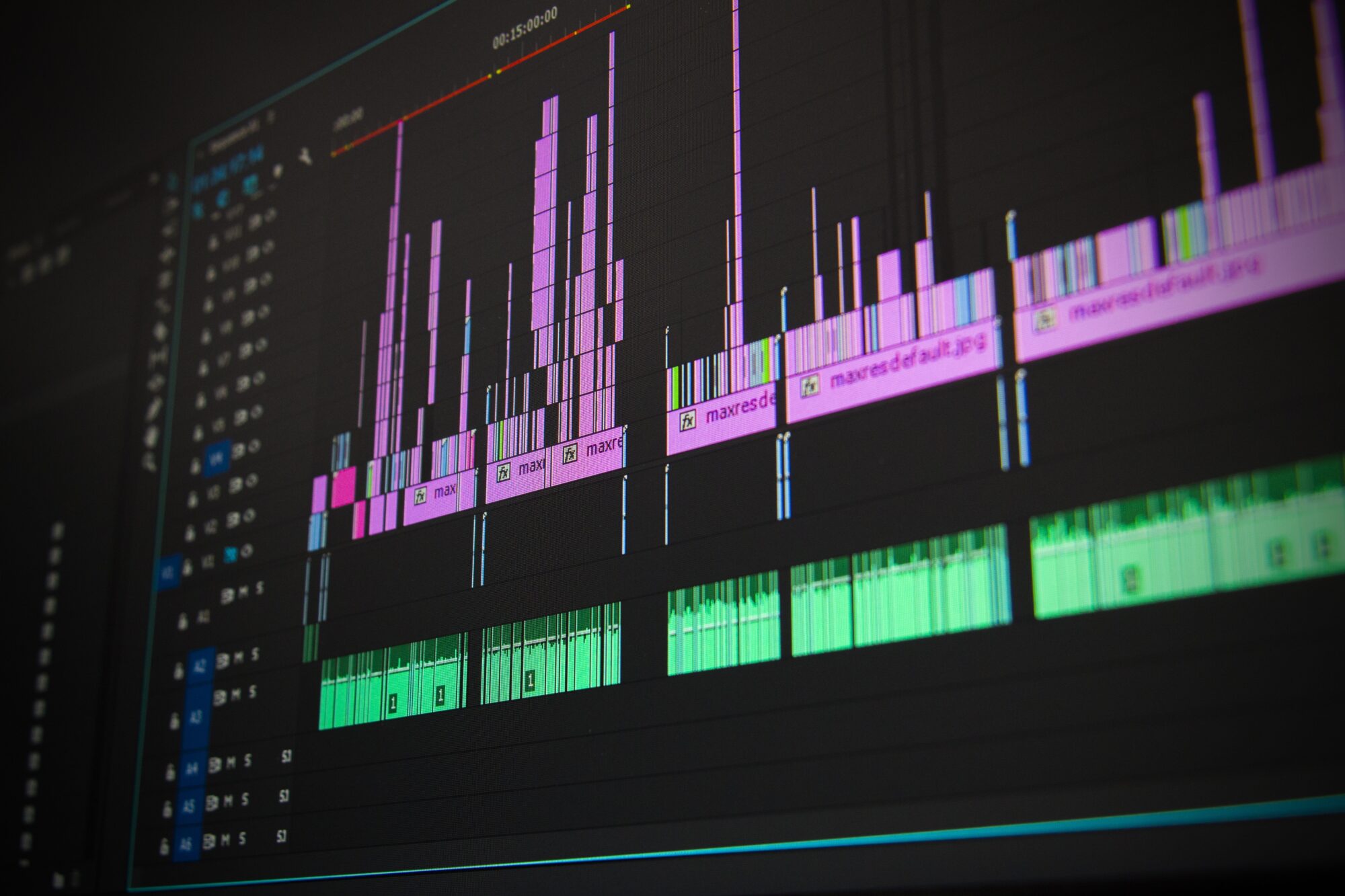The most important part of a computer is its processor. The CPU is what does all the work and allows you to use the computer. Overclocking a CPU means running it at a faster speed than the manufacturer intended.
This can be done by changing the clock speed in the BIOS or using software to change the clock speed. Overclocking can improve the performance of a CPU, but it can also increase the power consumption and heat output.
If you’re looking to get the most out of your CPU, overclocking is a great way to do it. But how do you overclock your CPU? In this ultimate overclocking guide, we’ll show you everything you need to know to get started, including what you need to know about your CPU and what to do to get the most out of it.
Is it safe to overclock the CPU?
Overclocking your CPU can be a safe and easy way to improve your computer’s performance. However, it is important to remember that overclocking can also lead to instability and damage to your hardware if not done correctly.
Always research thoroughly before attempting to overclock your CPU, and if in doubt, consult with a professional. With that said, here are a few things to keep in mind when overclocking your CPU:
- Make sure you have a good cooling solution in place. Overclocking your CPU will generate more heat, so it is important to have a good cooler to keep temperatures in check.
- Start with a small overclock and gradually increase the clock speed until you reach your desired level. This will help reduce the risk of instability and damage to your hardware.
- Keep an eye on temperatures and make sure they remain within safe limits. Again, overclocking will generate more heat, so it is important to monitor temperatures closely.
- Pay attention to your system’s stability and performance while overclocked. If you notice any instability or reduced performance, back off the clock speed until stability is restored.
Overall, overclocking your CPU can be a safe and easy way to improve your computer’s performance. Just remember to research thoroughly, start with a small overclock, and keep an eye on temperatures. If you do all of that, you should be able to overclock your CPU without any problems.
What Are The Benefits of Overclocking The CPU?
Overclocking the CPU can provide several benefits, including increased performance, increased power efficiency, and increased stability. Increased performance is the most obvious benefit of overclocking, as it can provide a noticeable boost to the speed at which the CPU can complete tasks. This can be especially beneficial for gamers or other users who require extra processing power.
Increased power efficiency is another potential benefit of overclocking the CPU. By running the CPU at a higher speed, it can often complete tasks using less power than it would at a lower speed. This can lead to lower energy bills and a cooler, quieter computer.
Finally, increased stability is the third benefit of overclocking the CPU. For example, if a CPU is not stable at 4.0 GHz, overclocking it to 3.8 GHz can help improve its stability. By running the CPU at a higher speed, the processor is better able to handle unexpected changes in workload or temperature. This can lead to a more reliable computer overall.
Overclocking can also be used to extend the life of a component. For example, if a CPU is only designed to run at 3.4 GHz, overclocking it to 4.0 GHz can help it last longer since it is not being pushed as hard. This can be useful if you plan on using the component for a long time or if you do not want to have to replace it as often.
Is Overclocking The CPU Good for Gaming?

Overclocking the CPU can be a good way to improve gaming performance, but it can also lead to some stability issues if not done properly. It is important to note that overclocking will void your warranty, so be sure to do your research before attempting it.
If you do decide to overclock your CPU, there are a few things you should keep in mind. First, make sure you have a good cooling solution in place. Overclocking can generate a lot of heat, so you’ll need a good CPU cooler to keep things stable. Second, start with a small overclock and gradually increase the clock speed until you reach your desired level. Going too high too quickly can cause instability issues.
Finally, keep an eye on your temperatures. Overclocking can push your CPU to its limits, so you’ll want to make sure things don’t get too hot. If you start seeing temperatures that are higher than normal, back off the clock speed a bit to bring things back down to a safe level.
Overclocking can be a great way to improve gaming performance, but it’s important to do it safely. With a little bit of research and care, you can get the most out of your CPU and enjoy better gaming performance.
Is Overclocking Worth it?
Overclocking is the practice of increasing the speed of a computer’s CPU or memory to get better performance. It can be done by changing the clock speed or multiplier settings in the BIOS, or by using software to change the settings.
Overclocking can lead to better performance in games and other applications, but it can also lead to stability issues and can shorten the lifespan of your components. It is important to know what you are doing before you start overclocking, and to make sure that your components are compatible with the new settings.
In general, overclocking is only worth it if you are looking for a significant performance boost. For most users, the extra performance is not worth the risk of stability issues.
What are the dangers of overclocking the CPU?
Overclocking your CPU can be a great way to get more performance out of your computer. But it can also be a great way to damage your computer if you don’t do it carefully.
When you overclock a CPU, you are essentially running it at a higher speed than it was designed to run. This can lead to several problems, including:
- Your CPU can overheat.
- Your CPU can become unstable and crash.
- Your CPU can start to degrade over time.
To avoid these problems, it’s important to take a few precautions when overclocking your CPU:
- Make sure you have a good CPU cooler. A good CPU cooler will help keep your CPU cool, even when it’s running at a higher speed.
- Keep an eye on your CPU temperature. If your CPU starts to get too hot, you can Throttle back the clock speed to bring the temperature down.
- Only overclock your CPU by a small amount. Don’t try to overclock it to its maximum speed. A small overclock will give you a significant performance boost, but a large overclock can be dangerous.
Overclocking your CPU can be a great way to get more performance out of your computer. But it’s important to do it carefully to avoid damaging your CPU.
Is Overclocking Good for Video Editing?

Video editing generally requires a powerful computer because it needs to be able to handle high-resolution video files and do complex video processing. Some may have a powerful PC with all the high-end components but for those who don’t, overclocking their CPU is the way to go. This way you can get that extra power from your device which could support a better video editing experience. So, to answer the question: Yes, overclocking is good for video editing.
Steps to Overclocking Your CPU
The term overclocking sounds a bit technical at the least but experienced PC users can easily overclock their CPU after a bit of research and with the help of the right tools. Let’s take a look at how you can do so:
- Before you overclock your CPU, you need to research what your CPU can handle. Overclocking too much can damage your CPU.
- You will also need to download some overclocking software. We recommend using Intel Extreme Tuning Utility or AMD Overdrive.
- Once you have your software, open it and find the section that lets you change the CPU frequency.
- Start by increasing the CPU frequency by a small amount. We recommend starting with a 5% increase.
- Once you have increased the CPU frequency, run some stress tests to make sure your CPU can handle the new frequency.
- If your CPU can handle the new frequency, you can try increasing it by a larger amount. Repeat steps 4-5 until you reach the maximum CPU frequency your CPU can handle.
Overclocking your CPU can be a great way to improve your computer’s performance. However, it is important to do your research and understand the risks before you attempt to overclock your CPU. Overclocking can void your warranty, and if done incorrectly, can damage your CPU. If you are not comfortable taking these risks, it is best to leave overclocking to the professionals.
